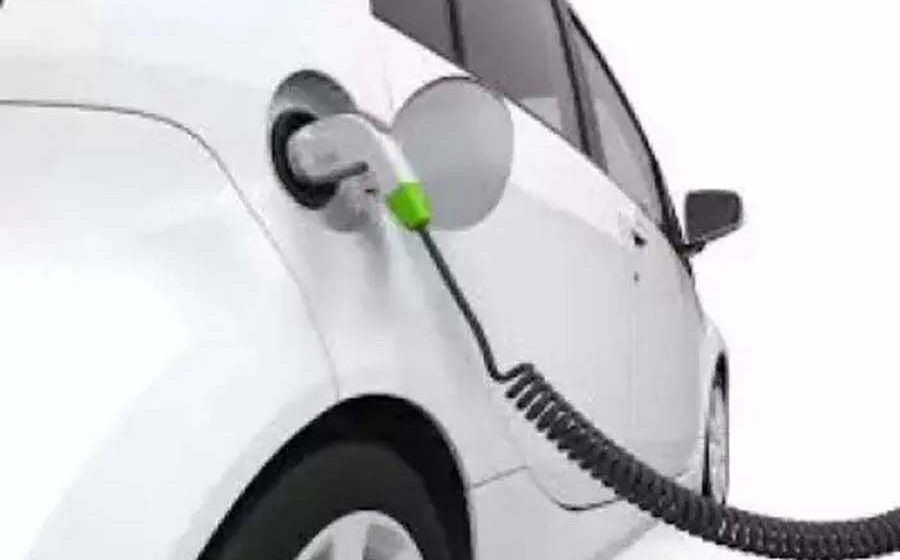The electric vehicle (EV) revolution is rapidly reshaping the automotive industry worldwide. In both the United States and India, EV adoption rates are on the rise, driven by increasing consumer interest and a shift towards environmentally friendly transportation alternatives.
Growing Presence of EVs in India
Indian automakers, including Tata Motors and MG Motor, have made significant strides in the EV segment, offering models like Nexon EV, Tigor EV, Tiago EV, and ZS. Furthermore, renowned international brands like Maruti Suzuki and Renault are gearing up to enter the Indian EV market, with plans to launch electric versions of popular models such as Kwid, Zoe, and KZE.
Policy changes, including reduced import taxes for companies committing to local manufacturing, are expected to attract more global EV brands to India. These developments signify a promising future for EVs in the country.
Total Cost of Ownership Analysis
A recent analysis by CRISIL suggests that the total cost of ownership (TCO) of passenger vehicles may favor EVs in India over the next three years. Despite initial cost disparities, environmentally conscious consumers have shown a growing interest in EVs.
While the total cost of acquisition (TCA) for EVs is lower than that of petrol, diesel, and compressed natural gas (CNG) variants, the TCO remains higher due to operating costs over the vehicle’s lifespan. However, favorable economics and additional financial incentives may enhance the economic viability of EVs for personal use.
EVs in the Commercial Segment
For cab aggregators, the cost dynamics differ, with the TCO of EVs being lower than that of petrol and diesel vehicles, driven by reduced operating costs. Government subsidies, such as the FAME-II subsidy, further incentivize EV adoption for commercial purposes.
Despite these advantages, challenges such as limited charging infrastructure and range anxiety persist, hindering widespread adoption of EVs in the commercial sector. However, advancements in battery technology and localized manufacturing are expected to address these challenges, ensuring the long-term competitiveness of EVs in the commercial segment.
Future Outlook
CRISIL predicts a significant increase in EV penetration in the passenger vehicle segment by FY27, reaching 6-8%. Similarly, the cab aggregator segment is expected to drive EV adoption, resulting in a 4% penetration by FY26.
While challenges remain, continued innovation and policy support are poised to accelerate the transition towards electric mobility in India, promising a greener and more sustainable future for the automotive industry.



